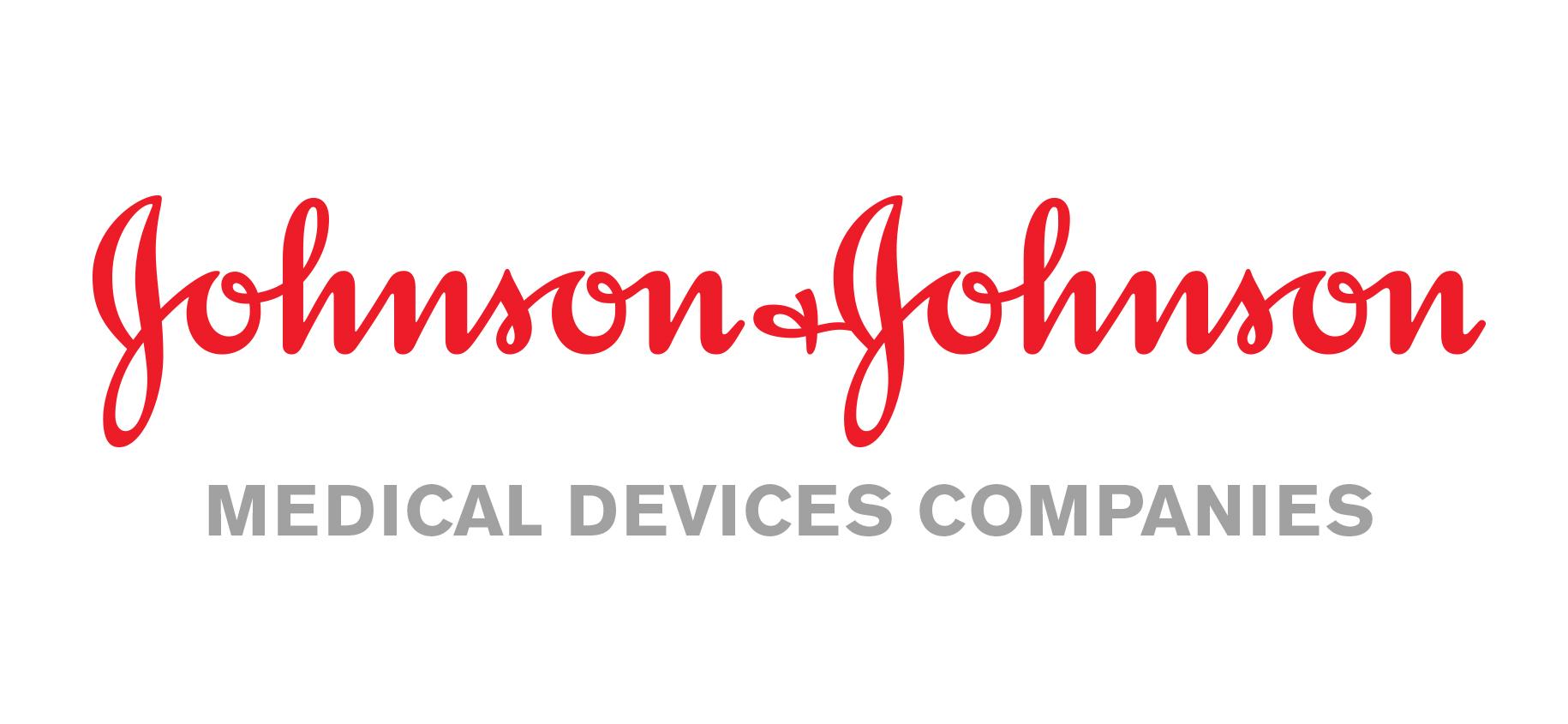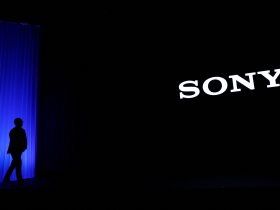Nvidia made significant strides in healthcare technology last week, unveiling partnerships with Johnson & Johnson and GE Healthcare to leverage generative AI for surgical procedures and medical imaging enhancements.
These advancements, showcased at the 2024 GTC AI conference alongside the launch of approximately two dozen new AI-powered healthcare tools, underscore the pivotal role of medicine in Nvidia’s future revenue streams beyond its traditional tech sector.
Raj Joshi, a technology analyst and senior vice president at Moody’s Ratings, emphasized Nvidia’s indispensable contribution to technological advancements that were previously arduous or cost-prohibitive.

He highlighted the potency of healthcare, particularly in biotechnology, chemicals, and drug discovery, as a critical domain for Nvidia’s growth.
The surge in Nvidia’s shares by close to 100% year-to-date reflects investors’ optimism, underscoring the untapped potential of sectors like biotechnology.
Arda Ural, EY Americas health and life sciences industry market leader, pointed to tangible outcomes and compelling use cases of AI in pharmaceuticals, medtech, and biotech, indicating a transition from mere anticipation to substantive progress.

He highlighted that a significant percentage of biotech CEOs, surveyed by EY, are actively exploring practical applications of generative AI, indicating a rapid adoption compared to other technologies.
Nvidia’s renewed focus on healthcare at its conference reflects a longstanding ambition. During an earnings call with investors in February, Nvidia highlighted several ways its technology was being tailored for the medical field.
Companies such as Recursion Pharmaceuticals and Generate: Biomedicines have expanded their biomedical research, relying on hyperscale or GPU specialized cloud providers, and Nvidia’s AI infrastructure.
Colette Kress, Nvidia chief financial officer, underscored the company’s deep domain expertise in healthcare, manifested in the NVIDIA Clara healthcare platform and BioNeMo, a generative AI service designed for computer-aided drug discovery.
Notable investments include a $50 million infusion into Recursion for drug discovery projects and collaborations with industry leaders like Roche’s Genentech and Schrödinger for drug development.
Nvidia’s non-tech partnerships offer promising investment opportunities, leveraging platforms like the BioNeMo platform tailored for drug development in the healthcare sector.
Joschi highlighted Nvidia’s comprehensive approach, providing turnkey solutions that streamline processes for biotech firms, enabling them to focus on innovation rather than grappling with information technology complexities.
AI-driven platforms in biotech not only accelerate drug development but also reduce operational costs, particularly amid geopolitical tensions prompting firms to reconsider offshoring.
Ural emphasized that AI-powered robotic process automation enhances efficiency, enabling companies to redirect capital toward drug development and expedite the discovery of cures.
The healthcare sector exemplifies Nvidia’s evolution from gaming graphics cards to a trailblazer in transformative technology.
Joschi credited Nvidia’s foresight, dating back to 2012, when its graphics cards were repurposed for general computing tasks, laying the foundation for ubiquitous AI applications today.
However, to fully harness the potential of AI in healthcare, industry leaders must address workforce concerns.
EY’s AI Anxiety in Business survey revealed apprehensions among health science and wellness employees regarding AI adoption in the workplace, underscoring the need for concerted support and education initiatives.







Leave a Reply